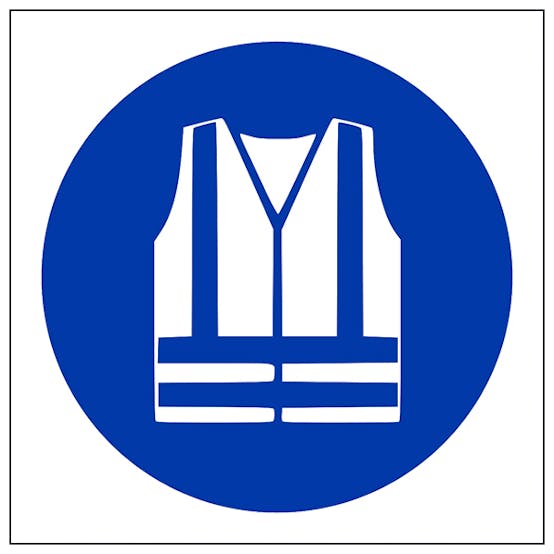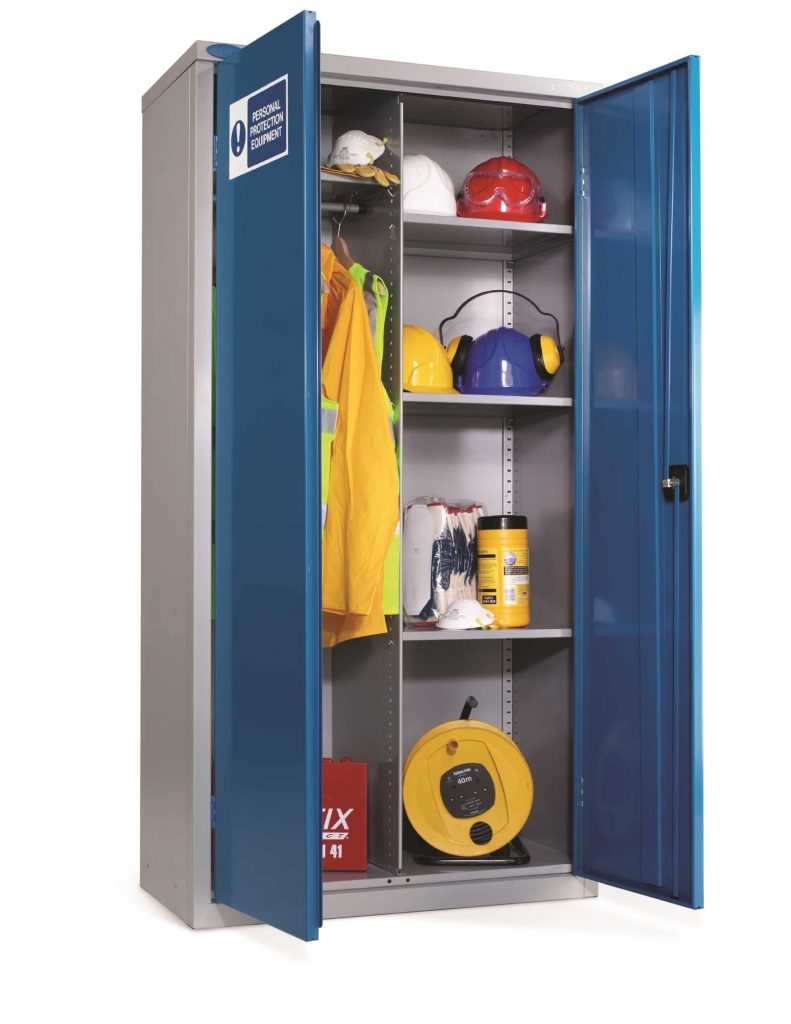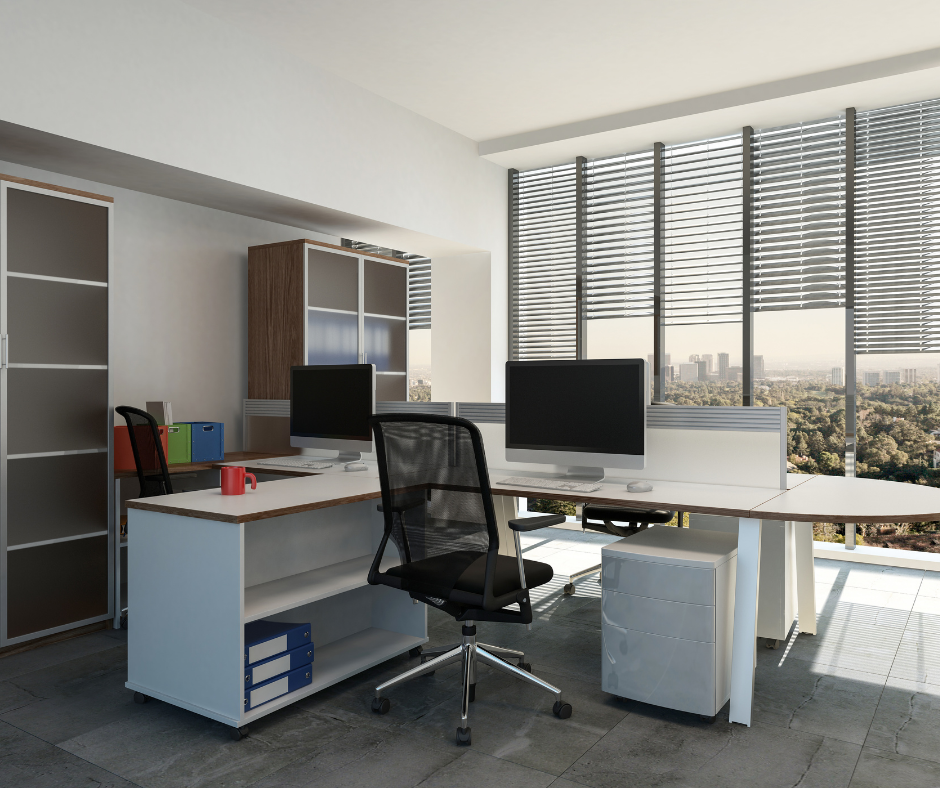The terms are often used interchangeably but mean different things. So, what is the difference between a workplace inspection and a health and safety audit?
Generally speaking, a workplace inspection looks for the hazards present in the workplace and how they are controlled, and a health and safety audit looks at systems and procedures we have in place for managing safely.
What is a Workplace Inspection?
A workplace inspection looks for hazards and potential harmful practices in the workplace. It looks at all the physical equipment needed for getting a job done safely and for maintaining a safe working environment.

Typical things looked at in a workplace inspection include:
- General arrangements for building access
- Fire protection measures, like fire alarm points, records of fire evacuation practices, signage, provision of extinguishers, etc.
- Provision of first aid equipment and trained first aiders
- Welfare arrangements such as access to toilets, eating areas, changing rooms, etc
- Condition of the building, including lighting, heating, walkways free from obstruction
- Condition and use of machinery
- Condition, maintenance, and inspection of electrical systems and testing of electrical equipment
- Provision and use of PPE in the workplace
- Control and use of hazardous substances
…..and any other health and safety issues that you needs to keep an eye on to ensure compliance with regulatory requirements applicable to your workplace.
A workplace inspection is usually carried out using a checklist with questions framed with a ‘yes / no’ answer – either things are ok or they’re not and need addressing. A generic workplace inspection checklist can be used but you must be aware of any areas or activities in your workplace that are not included in the checklist and make sure they are looked at separately.
I recommend starting off with a generic template, then adapting it to make it specific for your organisation. That way you know that it doesn’t matter who carries out the inspection, all the areas that need to be looked at will be covered.
That brings me on to my next point – workplace inspections can be carried out by anyone in the organisation. In fact, it is beneficial to get everyone involved in carrying out inspections, that way it raises the awareness of what is needed to keep the workplace safe amongst your people. Inspections can be carried out by a small group with a H&S professional involved if needed.
Workplace inspections should be carried out frequently, with good records kept and any improvement addressed as quickly as possible. Remember if you find any defects on a workplace inspection, you have potential uncovered an area where you are not compliant with H&S regulations.
What is a Health and Safety Audit?
An audit is a look at your health and safety systems and procedures, checking to see if they are serving you well.

All businesses manage health and safety, whether they have a formalised Health and Safety Management System or loosely bound procedures integrated into day-to-day activities. The purpose of those systems is to make sure you are keeping your people and your business protected, and you are meeting your legal requirements. A health and safety audit lets you take a step back and look at how effective those systems are. You set your intentions and your goals; an audit tells you whether you are meeting them.
There are some formalised Health and Safety Management Systems out there, such as ISO 45001, and as part of your accreditation you will need to undertake both internal audits (ie you looking at your own systems and procedures) and external audits (typically the accrediting body coming in and having a look).
For organisations without any formal accreditations, you can still carry out health and safety audits. You could be audited against guidance such as HSG 65 Managing for health and safety to see how what you are doing compares to recommended best practise. You can also be audited against your own procedures, For example, taking your health and safety policy and checking to see if the responsibilities and arrangements set out in the policy are actually being implemented through the workplace.
Because you are checking your own systems, it can be difficult to have generic checklists to drive the audit process. Where you are auditing against a standard (eg HSG 65) it is easier to have a checklist to guide you, but when you are auditing against your organisations specific procedures you will need to identify the pertinent requirements of the procedure and generate your own audit checklist.
Audits should be planned and carried out at a frequency depending on the needs and risk profile of the business. Some organisations choose to carry out a health and safety audit once per year, but this can lead to a flurry of activity over a short period of time where H&S matters are addressed and then forgotten about for the rest of the year. I suggest an annual overall management system audit, and then picking out some critical procedures related to managing health and safety and having a closer look at those during the year.
How to use workplace inspections and health and safety audits in your workplace
Ensuring the health and safety of ourselves and others affected by our activities is a basic requirement for all businesses. We can set off with the best of intentions when it comes to managing health and safety, but we all know that those intentions can slip. Work pressures, competing priorities, and delivering for our business can mean that we take our eyes of the ball when it comes to protecting ourselves and others.
By engaging in a planned programme of workplace inspections and health and safety audits, and just as importantly, following up and completing any actions to address any shortcomings, you can make sure you are meeting your legal requirements and doing all you can to keep people safe.
- Have a plan for carrying out both workplace inspections and health and safety audits – make sure that people and resources are allocated to get them done. Involve people from all levels of your organisation.
- Communicate the plan to all the relevant people, and make sure that everyone in your workplace understands the purpose of the inspections and audits. Be careful to address any concerns about ‘the management’ looking for stuff that is being done wrong and looking for people to blame.
- Give your nominated inspectors and auditors time to carry out their inspections and audits. If needed, deliver training for your inspectors and auditors so that they are confident in carrying out their tasks.
- Make sure each inspection and audit has an action plan to address any shortcomings identified. Follow up on this plan and ensure all actions are completed by the responsible people by the due date.
- Arguably the most important step – communicate your findings with everyone in the workplace. Tell people what they are doing well and support them where changes are needed.
One person in your organisation to needs to be appointed to manage the inspection and audit programme (from planning to completion, monitoring actions and communicating findings). This person should be of a senior enough level to have the authority to drive the inspection and audit programme forward.
Want to chat more about workplace inspections and health and safety audits?

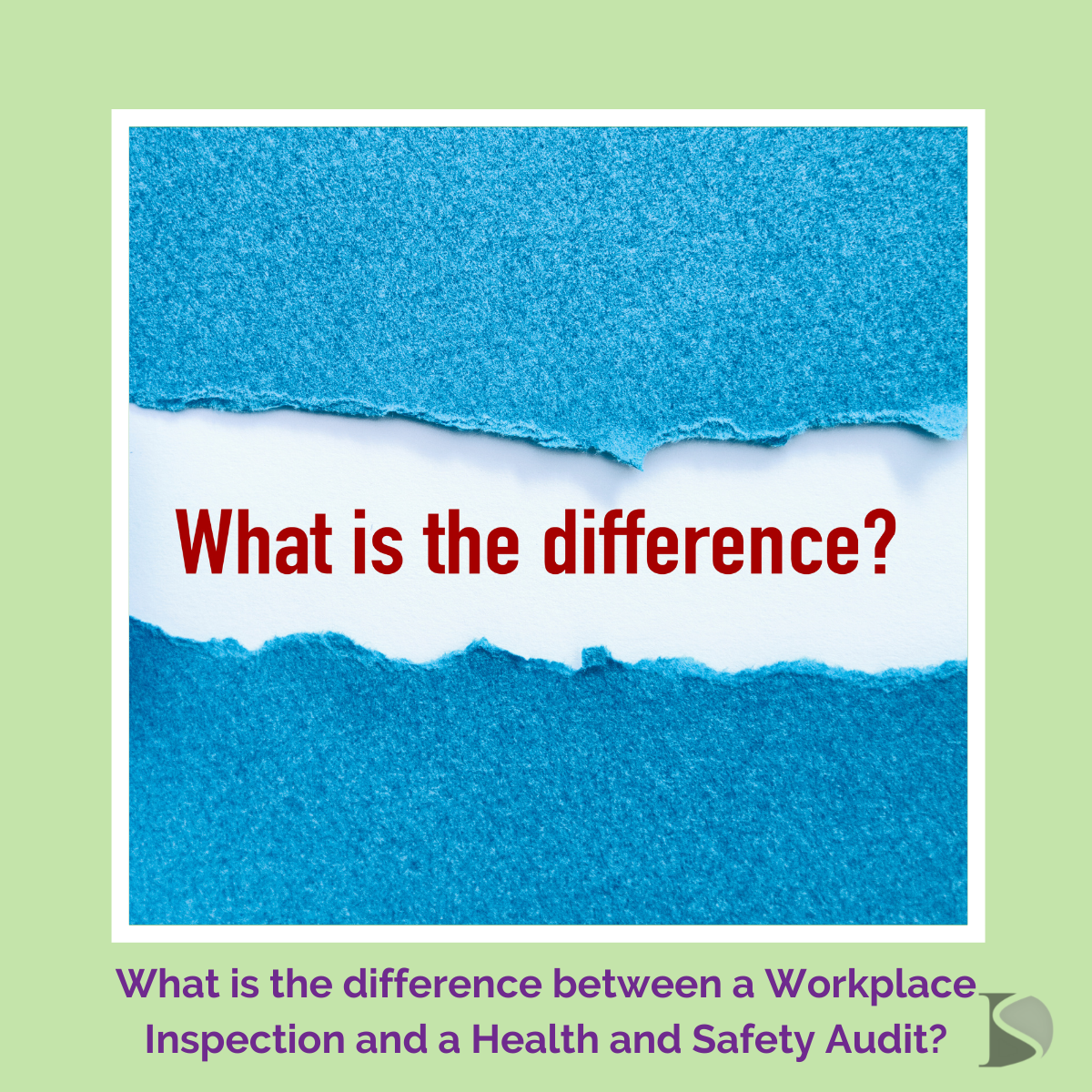
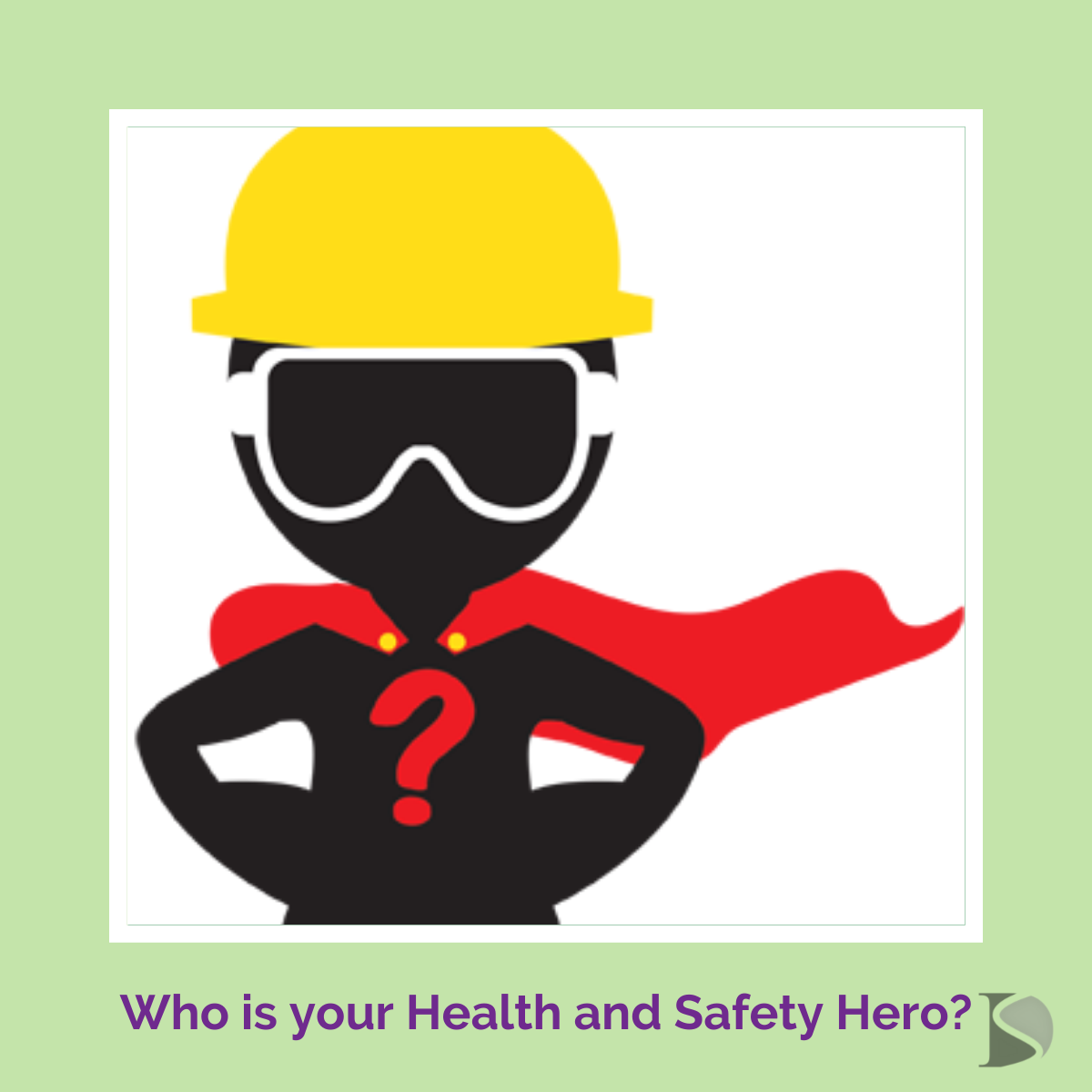
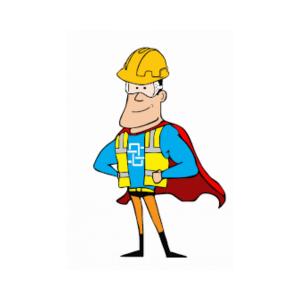

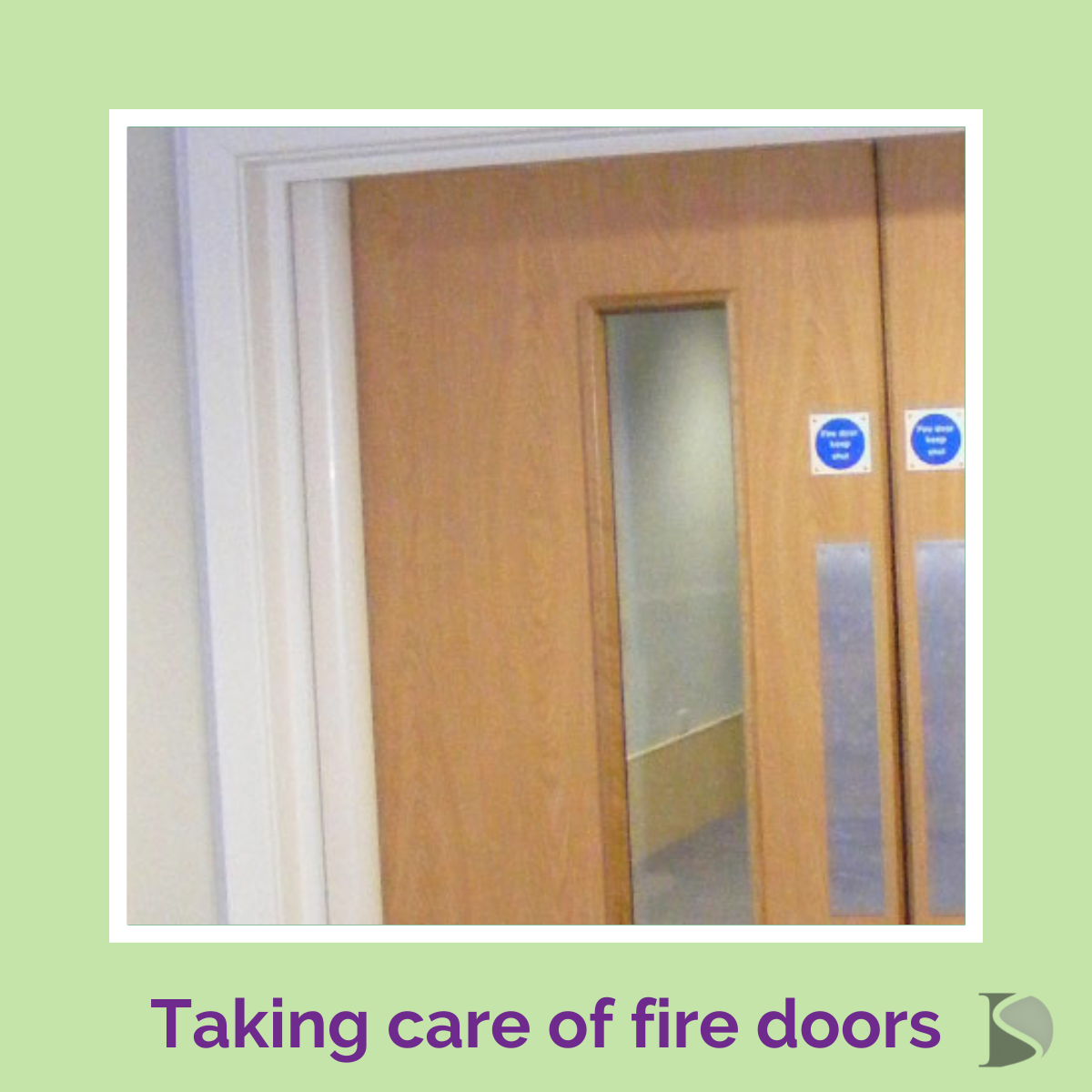

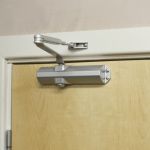



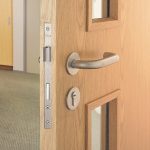





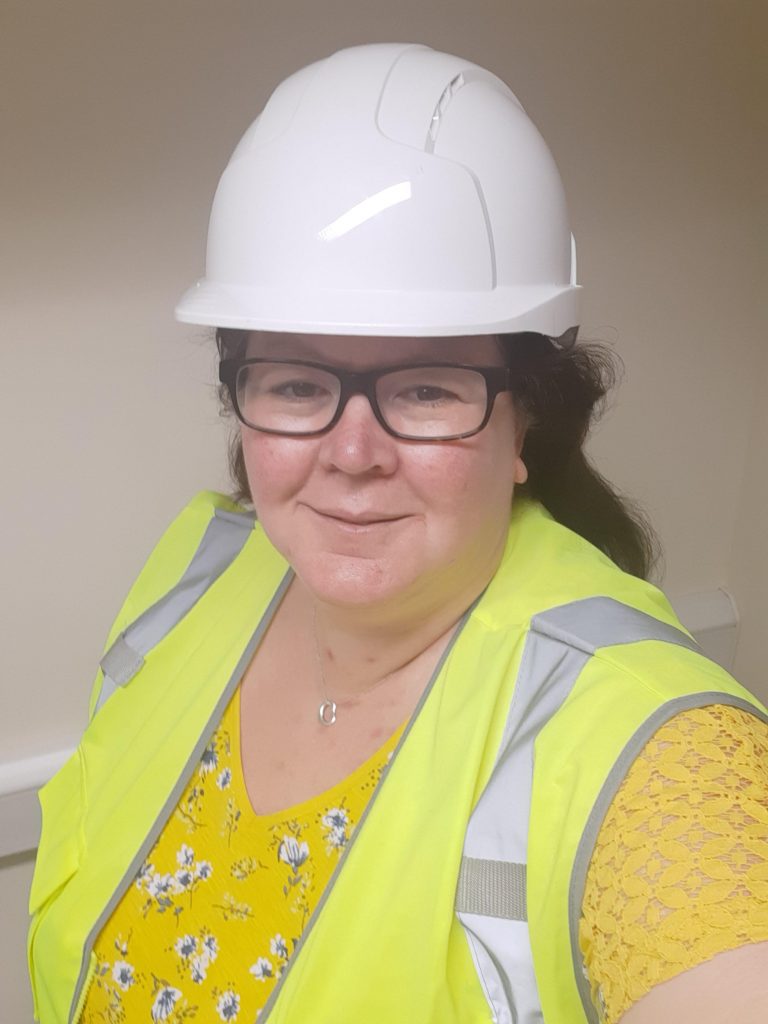



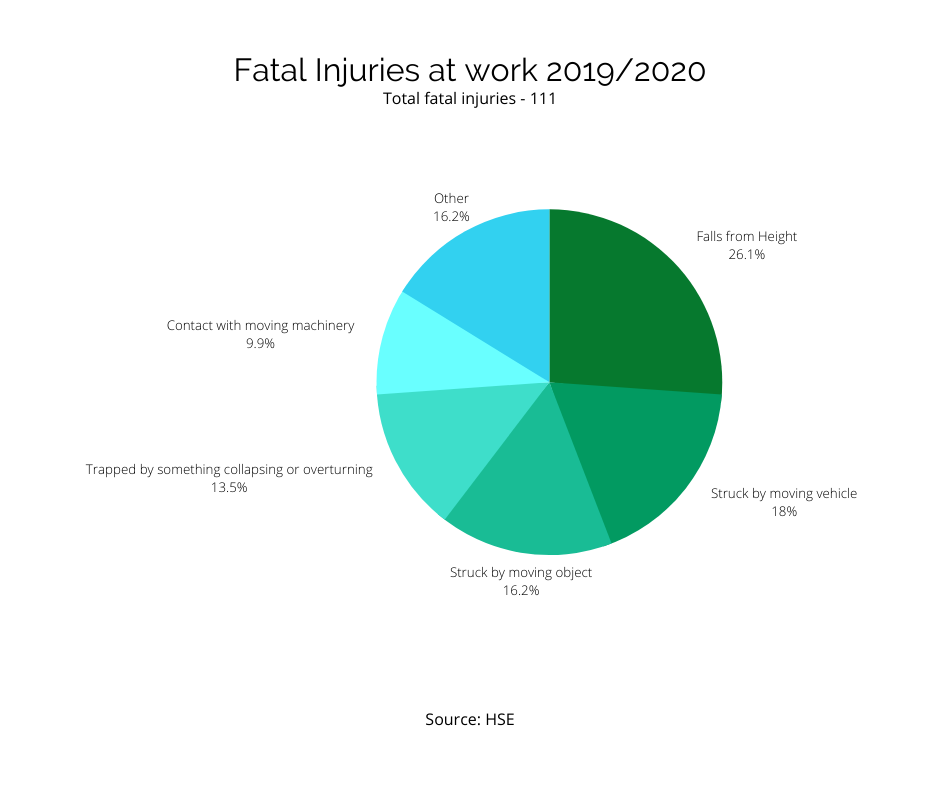

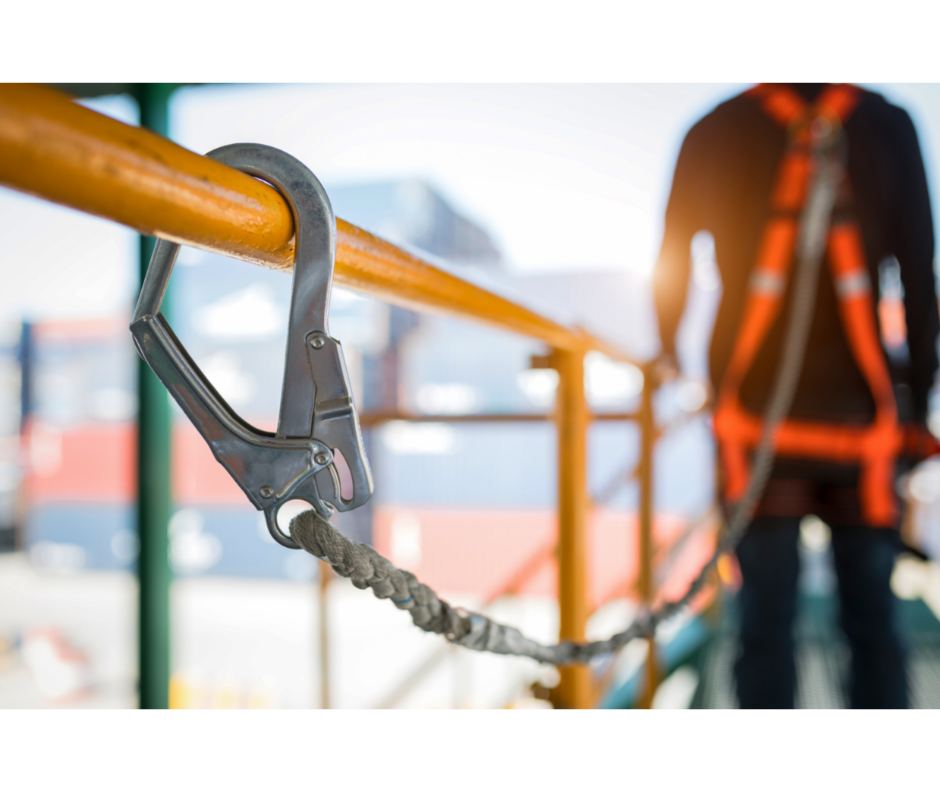
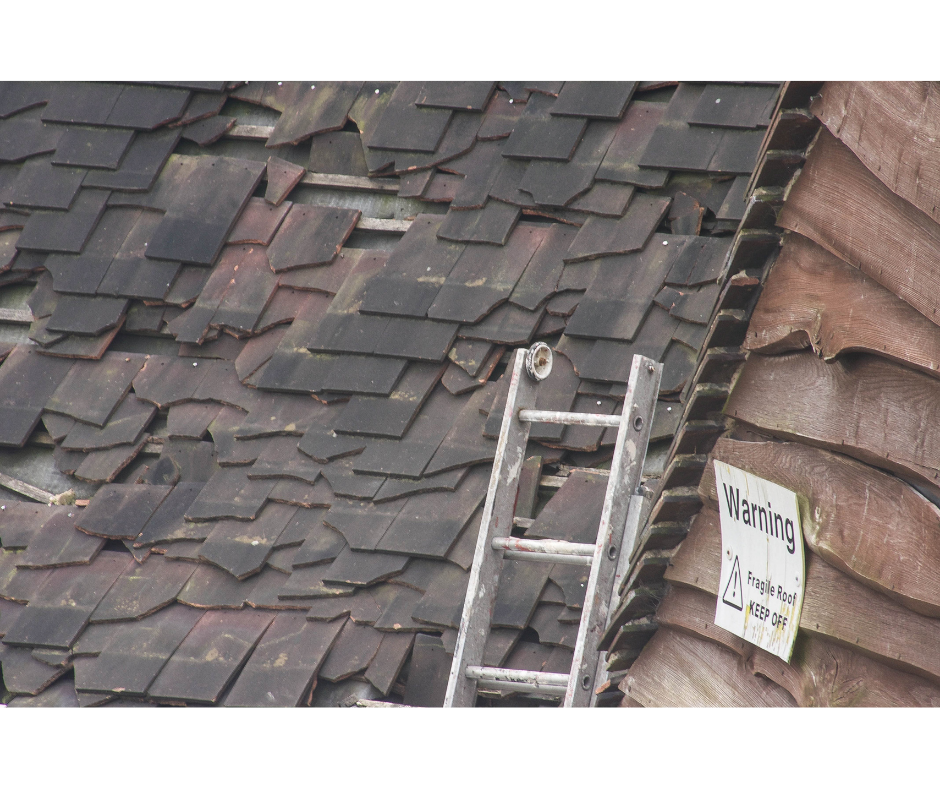
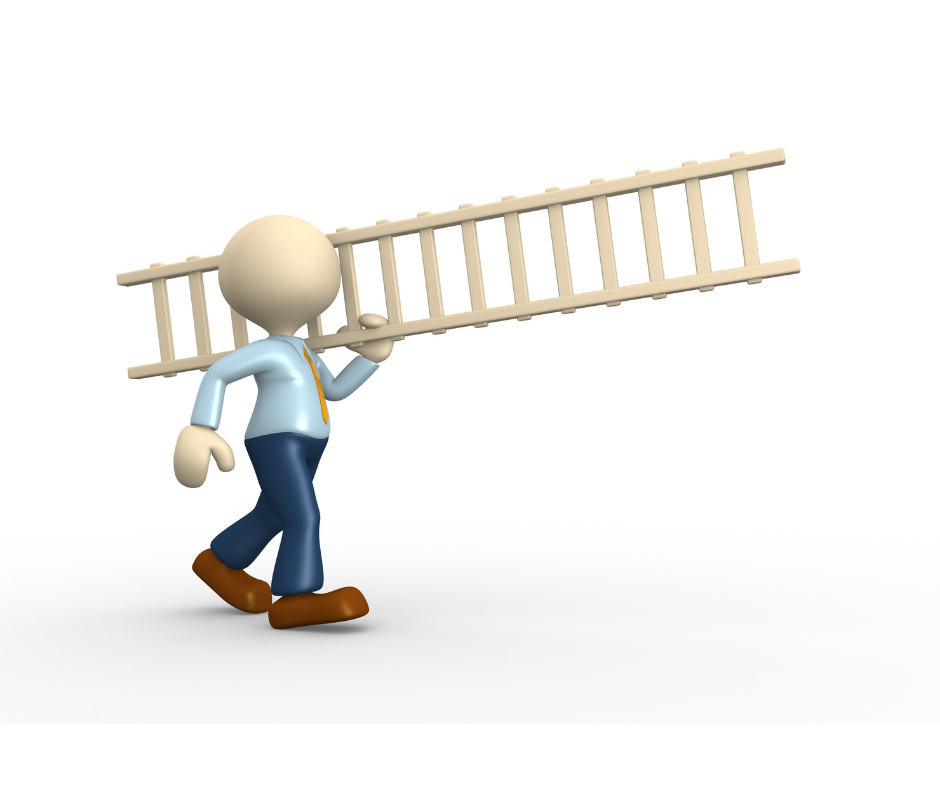
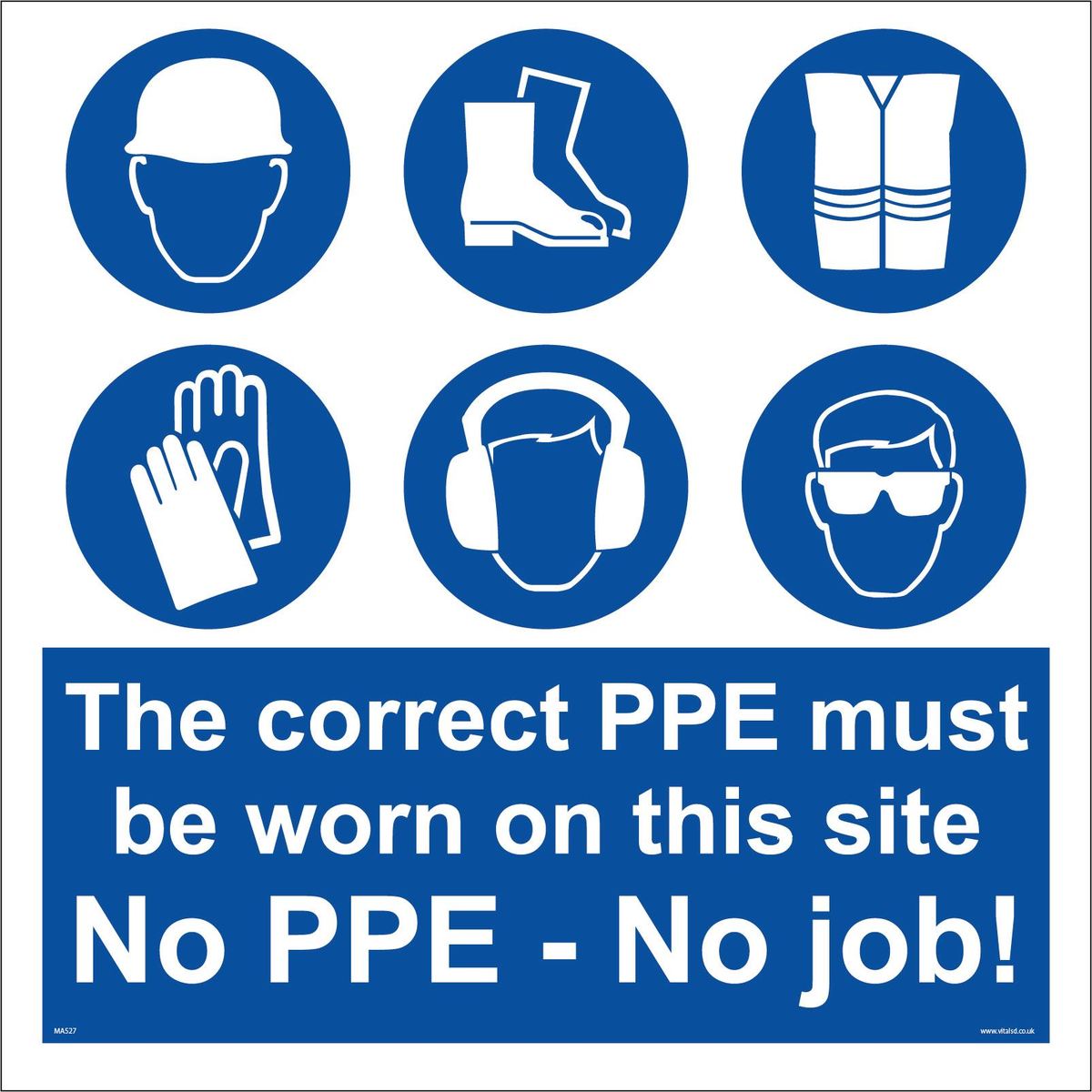
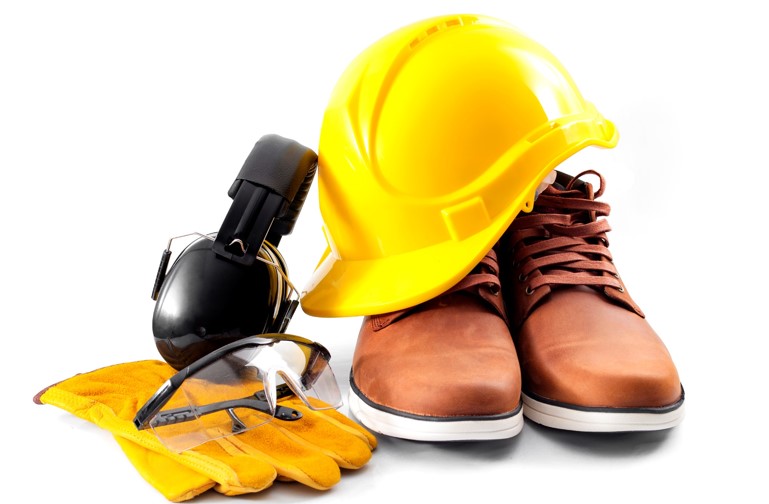
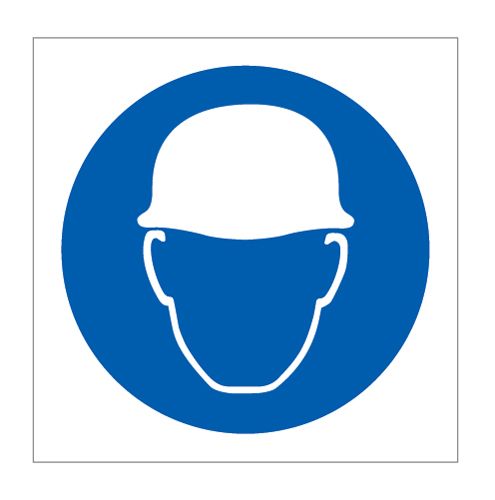

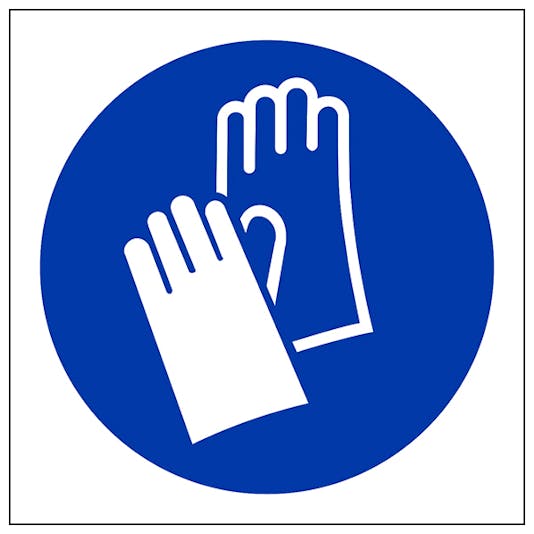
![100mm x 100mm Wear Safety Boots Sign [Sticker Self Adhesive Vinyl] Workshop Office Personal Protection Safety: Amazon.co.uk: Kitchen & Home](https://images-na.ssl-images-amazon.com/images/I/419JPwLQVgL._AC_SX466_.jpg)
